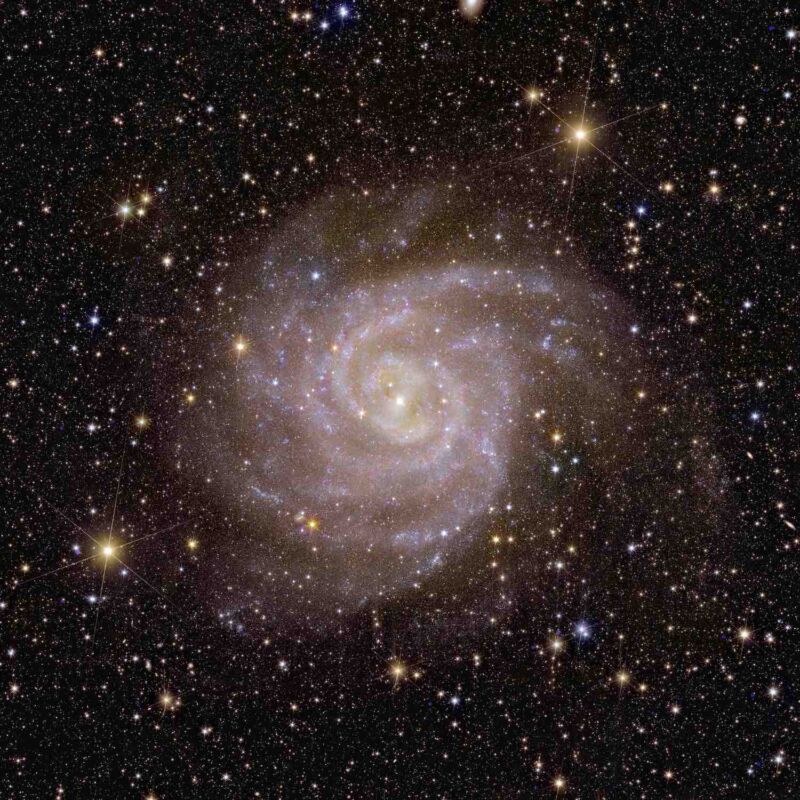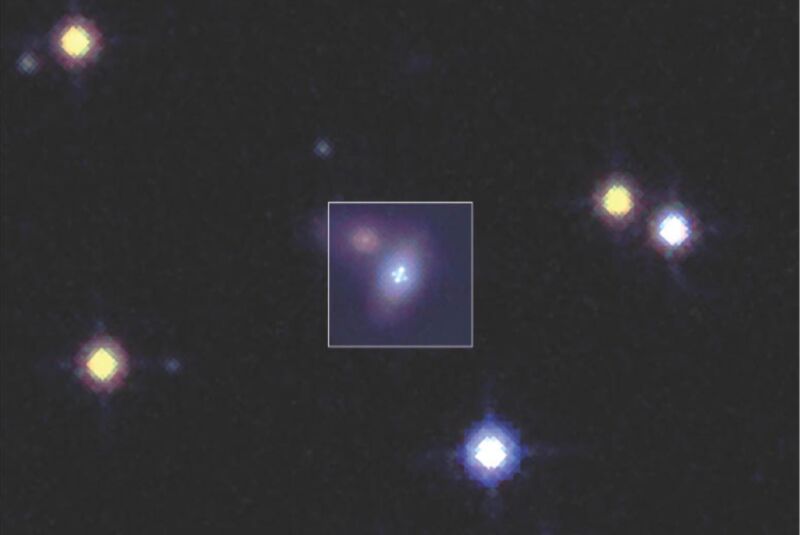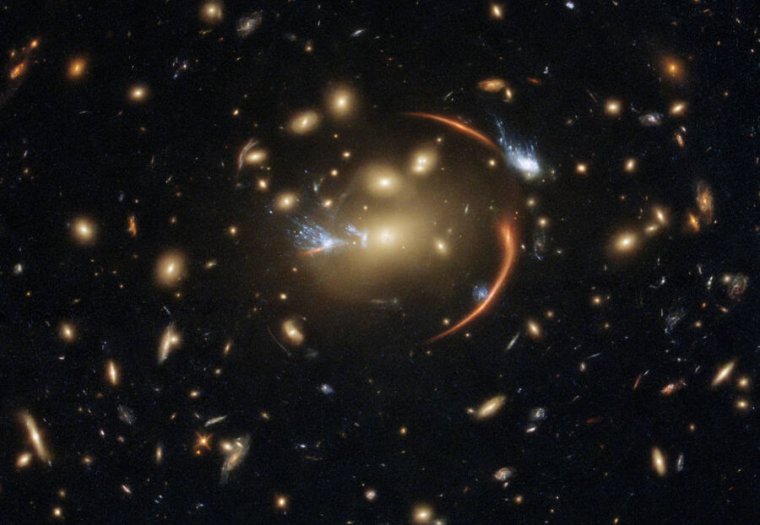-
 chevron_right
chevron_right
Dark Matter – Voyagez dans le multivers avec la nouvelle série SF d’Apple TV+
news.movim.eu / Korben · Friday, 12 April - 09:32 · 1 minute

Apple TV+ s’apprête à nous en mettre encore plein les mirettes avec sa nouvelle série de science-fiction : Dark Matter . Basée sur le roman éponyme de Blake Crouch , cette petite pépite promet de nous faire voyager dans les tréfonds du multivers . Et si j’en crois la bande annonce, ça va décoiffer !
Au cœur de l’intrigue, on retrouve Jason Dessen, un brillant physicien interprété par le talentueux Joel Edgerton , qui un soir, alors qu’il rentre tranquillement chez lui, se fait kidnapper et se retrouve projeté dans une réalité alternative complètement dingue. Le voilà plongé dans un labyrinthe de vies parallèles qu’il aurait pu mener, sauf que pour retrouver son existence d’origine et sa famille, il va devoir affronter le pire ennemi qui soit : lui-même !
Aux côtés de Joel Edgerton, on retrouve une brochette d’acteurs de haute volée comme Jennifer Connelly , oscarisée pour sa performance dans Un homme d’exception qui incarne un personnage clé dans la quête de Dessen. Le reste du casting n’est pas en reste avec Alice Braga, Jimmi Simpson, Dayo Okeniyi et le jeune prodige Oakes Fegley. Bref, du beau monde pour nous en mettre plein la vue.
Mais ce n’est pas qu’une simple série de SF avec des multivers comme on a en déjà vu plein. C’est surtout une réflexion profonde sur les choix qu’on fait dans la vie et les chemins qu’on ne prend pas. J’espère que vous méditerez là dessus, hein ^^.
Bref, rendez-vous le 8 mai 2024 sur Apple TV+ pour un double épisode qui s’annonce déjà épique . La série comptera 9 épisodes au total, diffusés chaque mercredi, de quoi nous tenir en haleine jusqu’au dénouement final le 26 juin.







